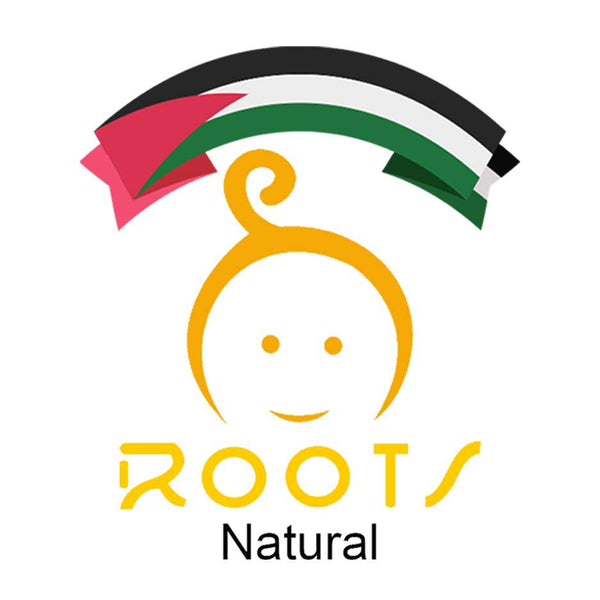Feeding your baby is a journey filled with precious moments, but it can also come with its own set of challenges. One of the most crucial decisions you'll make is choosing the right feeder nipple. With so many options available, it's easy to feel overwhelmed. This guide will walk you through everything you need to know about feeder nipples, ensuring that you make an informed choice that best suits your baby's needs.
Types of Feeder Nipples
Feeder nipples come in various shapes and sizes, each designed to address different feeding needs. The most common types include:
- Standard Nipples: These are the most commonly used and are suitable for most babies.
- Orthodontic Nipples: Designed to support the development of your baby's mouth and jaw.
- Variable Flow Nipples: These allow you to adjust the flow rate by turning the bottle, accommodating your baby's feeding pace.
- Anti-Colic Nipples: Designed to reduce the amount of air your baby swallows, minimizing discomfort and colic.
Materials Used in Feeder Nipples
The material of a feeder nipple can affect your baby's feeding experience and overall health. Common materials include:
- Silicone: Durable, hypoallergenic, and easy to clean, silicone is a popular choice.
- Latex: Softer and more flexible than silicone, latex nipples can be more comfortable for some babies, but they wear out faster.
- Rubber: Less common today due to potential allergies and shorter lifespan compared to silicone and latex.
Choosing the Right Size Feeder Nipple
The size of the feeder nipple hole is crucial for ensuring a smooth feeding experience. Here’s how to choose the right size:
- Newborns: Small holes to prevent choking and manage the baby's small feeding capacity.
- 3-6 Months: Medium-sized holes for a steady flow.
- 6+ Months: Larger holes to accommodate increased feeding needs and thicker liquids like formula.
Benefits of Different Feeder Nipple Designs
Different designs offer various benefits to cater to your baby’s unique feeding habits:
- Wide Neck Nipples: Mimic the natural shape of a mother's breast, promoting easier transitions between breast and bottle feeding.
- Ventilated Nipples: Reduce the risk of colic by allowing air to flow into the bottle, not into the baby’s tummy.
- Y-Cut Nipples: Ideal for thicker liquids and faster flow rates.
Safety Considerations for Feeder Nipples
Safety is paramount when it comes to anything your baby uses. Keep these safety tips in mind:
- Check for Cracks and Tears: Regularly inspect nipples for signs of wear and replace them immediately if any damage is found.
- BPA-Free: Ensure all materials are BPA-free to avoid harmful chemicals.
- Sterilization: Regularly sterilize feeder nipples to maintain hygiene and prevent infections.
Cleaning and Sterilizing Feeder Nipples
Proper cleaning and sterilization are essential to ensure your baby's health:
- Initial Cleaning: Rinse immediately after use to remove milk residue.
- Daily Cleaning: Use warm, soapy water or a dishwasher to clean thoroughly.
- Sterilization Methods: Boiling, steam sterilizers, and sterilizing solutions are effective ways to ensure nipples are germ-free.
Common Issues with Feeder Nipples
Despite your best efforts, you may encounter some common issues with feeder nipples:
- Flow Problems: If the flow is too fast or too slow, it might cause frustration for your baby.
- Nipple Collapse: This occurs when the nipple sides stick together, usually due to improper bottle venting.
- Allergic Reactions: Some babies may have latex allergies; switching to silicone can help.
Age-Appropriate Feeder Nipples
Choosing age-appropriate feeder nipples can enhance your baby’s feeding experience:
- 0-3 Months: Slow flow to help newborns manage their intake.
- 3-6 Months: Medium flow as your baby’s feeding ability improves.
- 6+ Months: Fast flow to match the increased demand and thicker feeds.
Transitioning Between Feeder Nipple Types
As your baby grows, their feeding needs change. Smooth transitions are key:
- Monitor Feeding Cues: Watch for signs that your baby is ready for a faster flow or different nipple type.
- Gradual Introduction: Slowly introduce new nipples to allow your baby to adjust.
- Combination Feeding: Using a combination of nipple types can ease the transition.
Customer Reviews and Feedback
Listening to other parents’ experiences can provide valuable insights:
- Product Reviews: Look for reviews that mention similar concerns or needs you have.
- Community Forums: Join parenting forums to ask questions and share experiences.
- Testimonials: Trustworthy brands often feature testimonials that can help in making a decision.
Conclusion
Choosing the right feeder nipple is a vital step in ensuring a comfortable and healthy feeding experience for your baby. With the right information at your fingertips, you can make the best choice for your little one.
For a reliable and natural option, consider Roots Natural, offering a range of safe and high-quality feeder nipples designed to meet your baby’s needs. Make feeding time a joy for both you and your baby. Visit Roots Natural today to explore our collection and find the perfect feeder nipple for your precious one.

